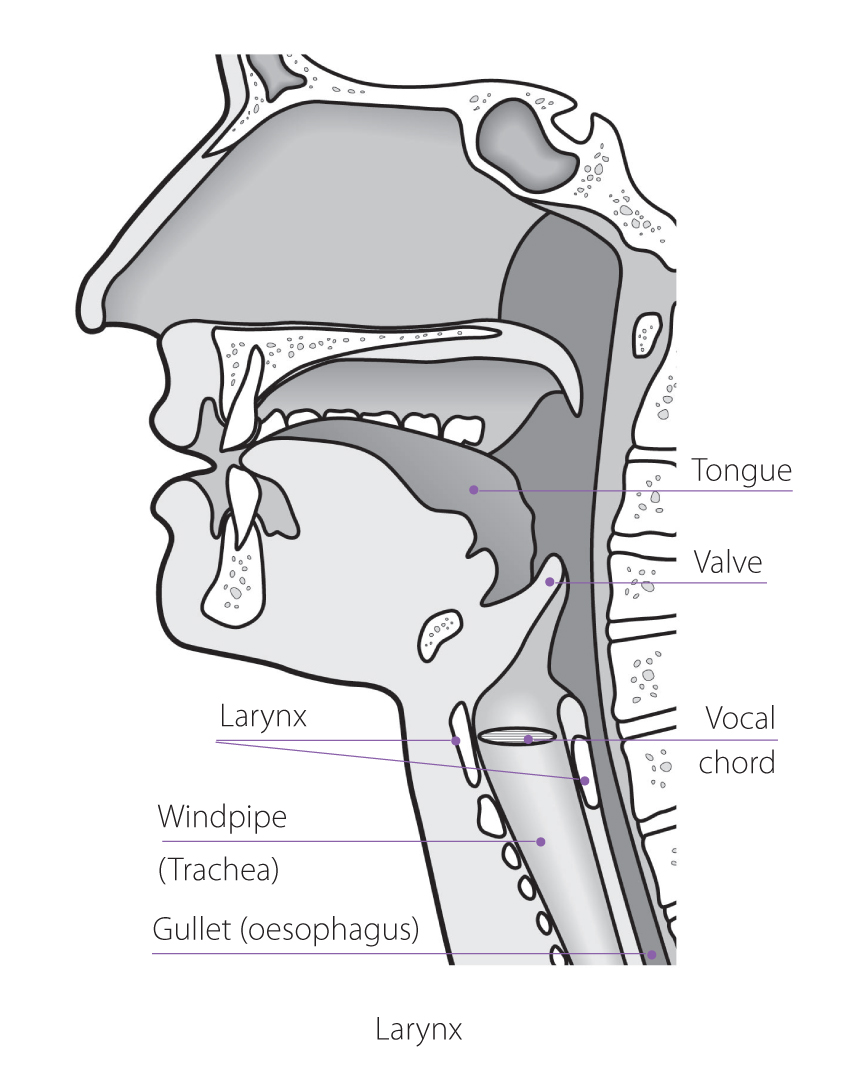The cause of laryngeal cancer is unknown. But there are certain things called risk factors that can increase your chance of developing the disease. These include:
- Smoking: If you smoke, you have a higher risk of laryngeal cancer. Smoking is the biggest risk factor.
- Alcohol: If you drink a lot of alcohol, especially spirits, your risk is higher. If you drink and smoke, your risk is even higher.
- Age: Your risk of laryngeal cancer increases with age. It mainly affects people over 50.
- Gender: Laryngeal cancer is more common in men than women.
- Viruses: If you are exposed to certain viruses, your risk can increase. For example, HPV (human papilloma virus), but cases related to the HPV virus are rare. More research has be carried out in this area.
- Exposure to chemicals and other substances: If you have been regularly exposed to high levels of wood dust, paint fumes or soot and coal dust over some years, you might have an increased risk.



